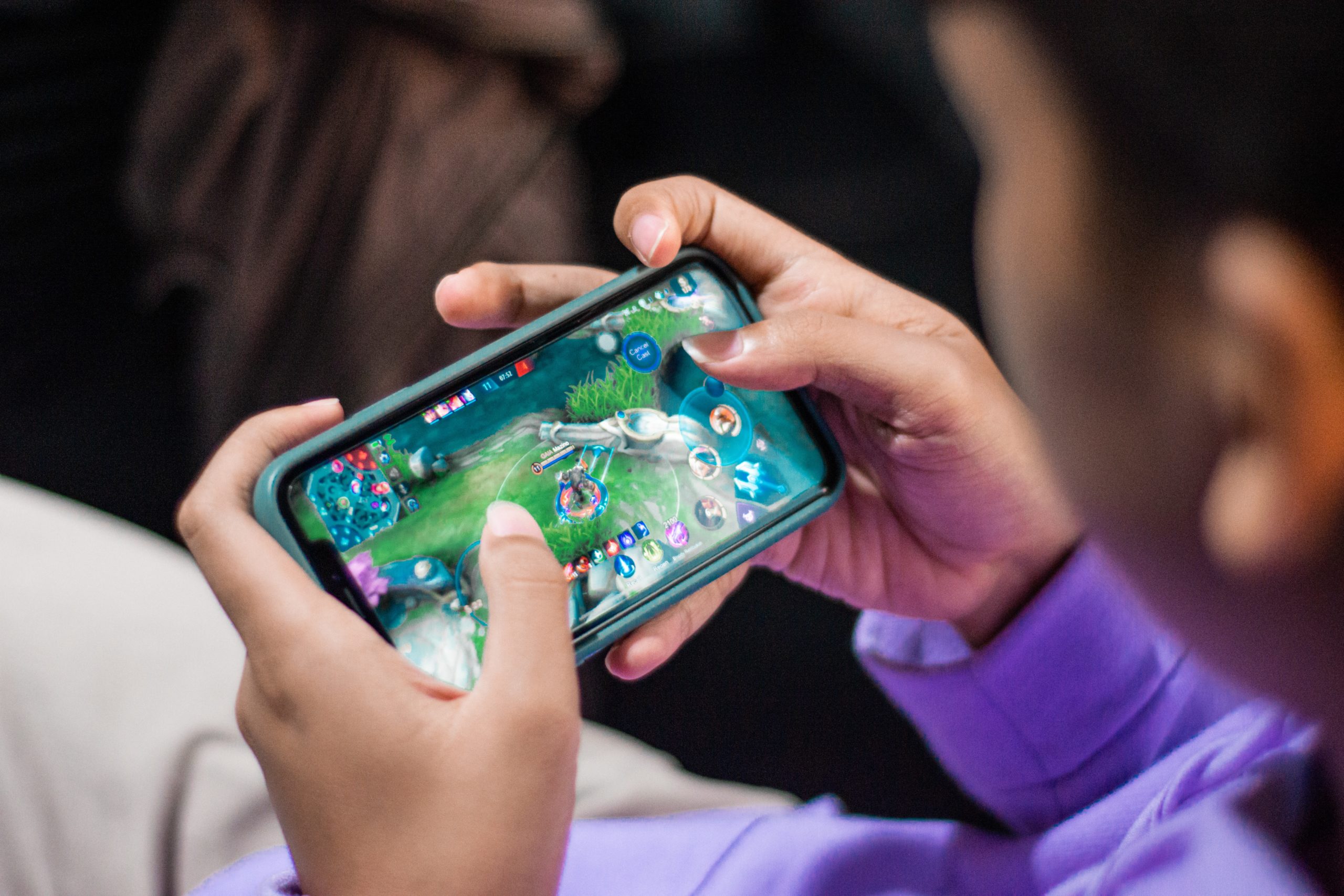Gambling
Gambling in Video Games: An Examination of Loot Boxes and Microtransactions

The rise of loot boxes and microtransactions in video games has sparked intense debate among players, developers, and regulators. These in-game purchases often operate on chance, like traditional gambling, encouraging players to spend more for uncertain rewards. Understanding the risks and implications of these features is crucial, as they can lead to problem gambling behaviours, especially among younger gamers.
As video games become more complex, so do the methods of monetisation. Loot boxes entice players by offering the thrill of chance, while microtransactions provide cosmetic upgrades or enhanced gameplay opportunities. However, these mechanisms can blur the lines between gaming and gambling, raising concerns about their impact on players’ financial habits.
This exploration of gambling in video games highlights the need for awareness and responsibility. Players and parents must recognise the potential pitfalls associated with these features and make informed choices about their gaming experiences. As the industry evolves, understanding these trends will aid in navigating the gaming landscape effectively.
Understanding Loot Boxes and Microtransactions in Video Games
Loot boxes and microtransactions are crucial to modern video games, influencing how players engage and spend money. These features offer random rewards and optional purchases that shape gameplay experiences. Key elements include the mechanics of loot boxes, their comparison to traditional gambling, and how they generate revenue for developers.
The Mechanics of Loot Boxes and Microtransactions
Loot boxes are virtual containers that players can open to receive randomised in-game items. These items often include skins, weapons, or other enhancements that may not always improve gameplay but enhance the gaming experience.
Players can earn loot boxes through gameplay or purchase them with real money or virtual currency. This random nature means that the value of loot boxes can vary greatly. Some players might receive desired items, while others may end up with duplicates or less valuable rewards.
Microtransactions complement loot boxes by allowing players to buy specific items directly. These can range from cosmetic upgrades to battle passes that grant access to exclusive challenges and rewards.
Comparing Loot Boxes to Traditional Gambling
The mechanics of loot boxes share similarities with traditional gambling. Both involve chance, where the outcome depends on luck. Players invest money with the hope of winning desirable items.
Research shows a link between spending on loot boxes and problem gambling behaviours. Many gamers treat loot boxes like gambling, raising concerns among parents and regulators.
Unlike traditional gambling, where players can lose money outright, loot boxes offer in-game rewards, which may be perceived as less risky. Despite this, warnings about their gambling-like nature persist, pushing some countries to impose regulations on their use.
Monetisation and Revenue Generation
Fruity King, an online casino website, adds, “Monetisation schemes in video games include loot boxes and microtransactions, which provide developers with significant revenue. The gaming industry generates billions annually, with loot boxes alone accounting for a substantial share of this income.”
Through microtransactions, players can pay for cosmetic items or enhancements that do not affect gameplay balance. This model, often called “pay-to-win,” can frustrate players who prefer fair competition.
Battle passes are another monetisation strategy, offering a tiered reward system for players who complete challenges. This encourages ongoing engagement and spending, creating a steady revenue stream for developers while keeping players invested in the game.
Psychological and Behavioural Implications of In-game Purchases
In-game purchases, especially loot boxes, can lead to psychological and behavioural issues. Research indicates a strong link between these purchases and gambling-like behaviours. This section explores psychological distress, impulsivity, and the effects on youth and vulnerable players.
Psychological Distress and Gaming Disorders
Players who engage heavily in loot box purchases often experience significant psychological distress. The randomness of loot box outcomes can create anxiety and frustration. As noted by Griffiths, the similarities between loot boxes and gambling contribute to this distress.
Individuals may develop symptoms of Internet Gaming Disorder, where their gaming habits disrupt daily life. This can manifest as a form of behavioural addiction, leading to emotional turmoil and decreased social interaction. Furthermore, pursuing in-game rewards can lead to obsessive behaviours, creating a cycle of dissatisfaction.
Impulsivity and Problem Gambling Behaviours
The impulsive nature of in-game purchases can result in escalating gambling behaviours. Studies show that players who frequently buy loot boxes may be more prone to problem gambling. This impulsivity often stems from the thrill of chance-based rewards, drawing parallels to traditional gambling.
Gamers may struggle to resist the urge to make repeated purchases, reflecting a key characteristic of gambling disorder. This compulsive spending can strain finances and relationships, leading to further psychological distress. As these behaviours solidify, players might find themselves trapped in a pattern of excessive gaming and financial loss.
The Impact on Youth and Vulnerable Players
Young players and those with pre-existing vulnerabilities are particularly affected by in-game purchases. The marketing of loot boxes often targets adolescents, exposing them to gambling-like experiences at a young age. Studies indicate a rise in adolescent problem gambling, driven by the allure of in-game rewards.
These young players may lack the cognitive resources to understand the risks involved. As a result, they can develop addictive behaviours that carry long-lasting consequences. The negative psychological impact can include feelings of guilt, anxiety, and loss of control. Guidelines are needed to protect vulnerable groups from harmful gaming practices.
Regulatory Landscape and Consumer Protection
As video games become more popular, the regulation of loot boxes and microtransactions is becoming increasingly important. Various countries are exploring frameworks to protect consumers and address potential harm associated with these practices.
Global Approaches to Regulation and Guidelines
Different countries have taken distinct routes to regulate loot boxes. The Netherlands has implemented strict rules, treating loot boxes as gambling if players can trade in-game items for real money. The need for consumer protection and harm minimisation guides this approach.
In contrast, the United Kingdom has a more laissez-faire stance, prompting discussions in the House of Lords about clearer regulations. The Gambling Commission oversees gambling in the country but has yet to classify loot boxes definitively as gambling.
International guidelines are also emerging. The World Health Organization includes gaming disorders in its International Classification of Diseases, highlighting potential risks. These guidelines aim to help nations develop their regulatory frameworks effectively.
The Debate around Video Game Regulation
The debate surrounding video game regulation often centres on whether loot boxes constitute gambling. Critics argue that these mechanics exploit vulnerable players, while proponents suggest they enhance gaming experiences.
Research from the Diagnostic and Statistical Manual of Mental Disorders shows that some individuals are vulnerable to gaming addiction, raising questions about the ethical implications of loot boxes. This has led to calls for clearer definitions and regulations.
Countries are also examining the effectiveness of current frameworks. Some studies suggest that more robust consumer protection mechanisms could help prevent potential harm. The dialogue remains ongoing, with industry stakeholders advocating for balanced solutions to safeguard consumer interests.
Consumer Protection and Harm Minimisation Strategies
Consumer protection is central to the discussion on loot boxes. Regulators and game developers are exploring strategies to minimise harm. These include age restrictions, transparency in odds, and spending limits.
Providing players with clear information about the odds of winning rewards is essential. This transparency can empower consumers and help them make informed choices. Additionally, implementing parental controls can help protect younger players from excessive spending.
Frameworks that encourage responsible gaming can also mitigate risks. Stakeholders, including developers and retailers, are encouraged to work together to promote healthier gaming environments. Ultimately, prioritising consumer protection is vital to fostering a sustainable gaming industry.
Economic Analysis of Gaming Microtransactions
Gaming microtransactions have transformed the revenue landscape of the video game industry. This analysis examines their role in the economy costs associated with microtransaction content and predicts future trends in game monetisation. Understanding these aspects provides insight into the balance between gaming fun and potential gambling behaviour.
The Role of Microtransactions in Gaming Economics
Microtransactions have become a vital revenue stream for game developers. They enable games to adopt a free-to-play model, attracting a larger audience.
Key Components:
- Types of Microtransactions: Common forms include loot boxes, cosmetic items, and season passes.
- Player Engagement: These transactions can keep players engaged, incentivising ongoing spending.
- Monetisation Strategies: Developers often design games to encourage in-game purchases through limited-time offers or exclusive content, increasing urgency and revenue potential.
Game developers significantly boost their financial outcomes with these strategies while maintaining player interest.
Cost Analysis of Microtransacted Content
While microtransactions can enhance gameplay, they also come with varying costs to players.
Typical Costs:
- In-Game Purchases: Players can spend anywhere from small amounts to hundreds of pounds on virtual items, often needing clear budgeting awareness.
- Behavioural Addictions: Some players may develop gambling-like behaviours, leading to excessive spending. This is particularly evident in games featuring loot boxes that offer randomised rewards.
The potential for high costs raises concerns about microtransactions’ impact on player finances. Players must remain vigilant to avoid falling into a cycle of continuous spending.
Future Trends in Game Monetisation
The gaming industry continuously evolves, with microtransactions playing a crucial role in shaping future monetisation strategies.
Emerging Trends:
- Regulatory Changes: There are increasing calls for regulation concerning loot boxes, which are often viewed as gambling. This could lead to modifications in how these mechanics are implemented.
- Social Casino Games: These games are blurring the lines between gaming and gambling, attracting players with their engaging mechanics and potential for real-world rewards.
Monitoring these trends is essential. As developers adapt, the landscape of game monetisation will likely continue to change, balancing revenue needs with player welfare.

/cdn.vox-cdn.com/uploads/chorus_asset/file/24435784/tokyostrava.jpg)







